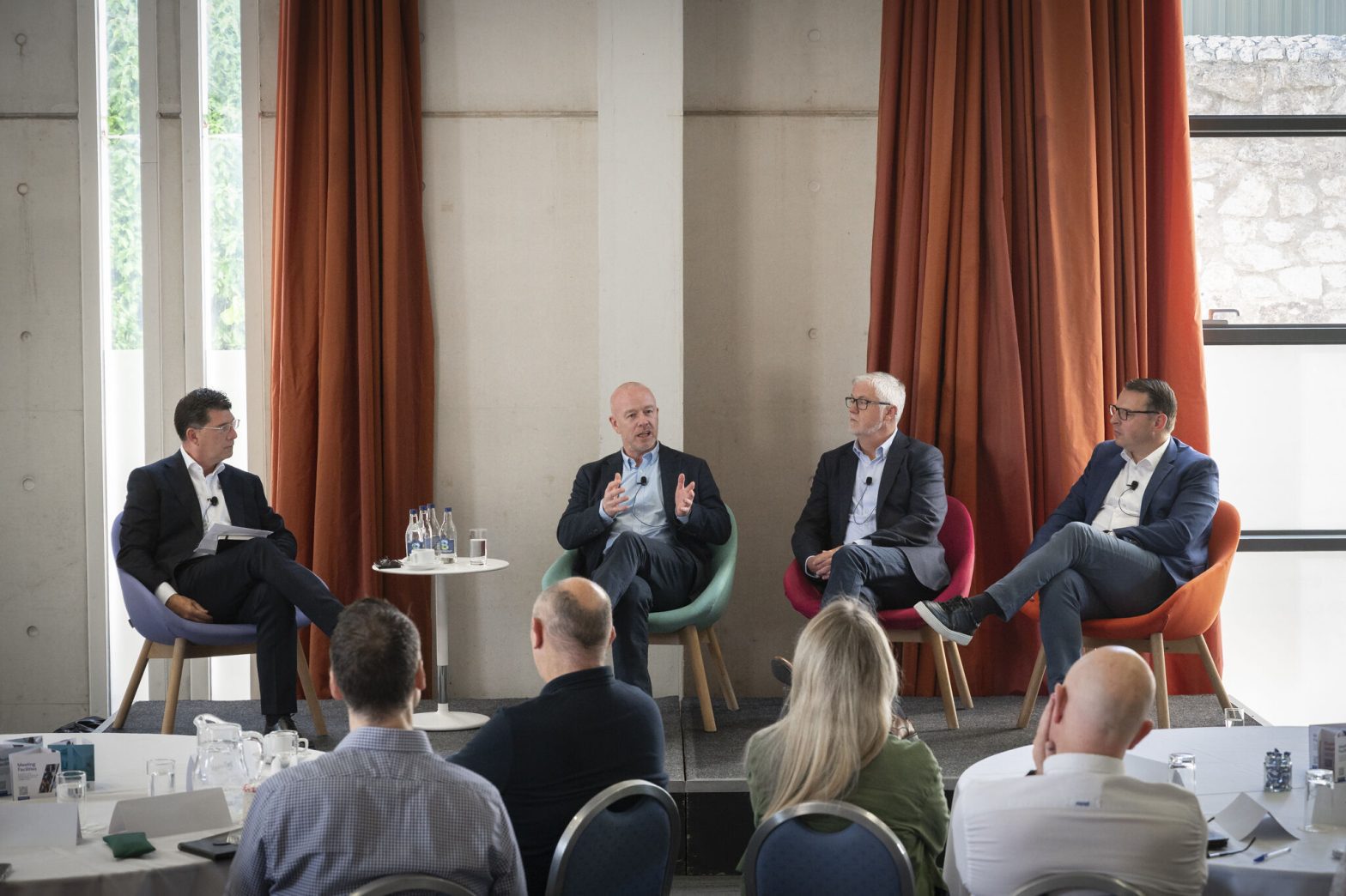Jonathan Westrup: Laying the foundation for an innovation pipeline
By Jonathan Westrup | 23rd February 2022
Structure and culture are essential for a thriving innovation ecosystem, writes Jonathan Westrup.
One of my favourite innovation stories of recent years is the success of the coffee brand Frank and Honest. When Musgrave, Ireland’s leading food retailer and wholesaler, surveyed the highly competitive retail scene in 2015, coffee sales were booming but the offering in their Supervalu and Centra stores was not of the quality and volume that was required.
So they did their research, assembled a team, found the right partners and within a year launched a new coffee called Frank and Honest, which today is the leading “on the go” coffee brand on the island of Ireland.
The story of this success is excellently recounted in a case study by Barrett and Fitzgerald (2020) and there are some key innovation lessons for all types of organisations to consider.
Firstly, having a focused management team with a robust innovation process that is prepared to commit the required resources both in terms of money and talent. Secondly, a willingness by the team to search out best practice and then to find the right partners with the specific skills and capabilities that are required for success. Thirdly, the willingness to work with the stores to find a solution that worked for them and for the overall business.
Basic curiosity
Building an innovation structure in any organisation requires a level of investment and certain specific skills. It starts with having a basic curiosity about the world and, importantly, making sense of why changing external factors create new potential opportunities.
With Frank and Honest, the team recognised that store footfall was increasing as the Irish economy took off after the great recession and that demand for coffee was only going in one direction. They prioritised an organisational structure with clear responsibilities and accountability for making the innovation process work. This is not the same as stating that they are responsible for the success of every innovation as, by definition, many will fail.
However, as Rita McGrath describes in her book ‘Discovery Driven Growth‘, what is required is an acceptance of intelligent failure where reasons are identified and lessons are learned. Therefore, such a process requires a series of innovation initiatives that are monitored through a stage-gating process with agreed criteria that decides whether they should proceed or be terminated.
Complementary skills
Finally, Musgrave created what we call today an ecosystem where the different players perceived the benefits of working together to take advantage of their complementary skills and capabilities to make the new coffee offering succeed, with the Musgrave team acting as the orchestrator.
The ability to create and make an ecosystem work is today an increasingly important skill as organisations recognise that the necessary resources and skills can rarely be found within their own company. Nor does it make sense to try and incorporate them given the need to be able to evolve and explore different opportunities.
In this regard, such an ability is quite different from the traditional sense of “sweating the supply chain” to maximise short term return. Interestingly, Musgrave has as one of its core values ‘not being greedy’ and this is a key insight for an effective ecosystem in that it must create value for all the different players involved if it is to work.
Organisations today must build both an innovation structure and an innovation culture that encourages people to present the ideas and insights that are required to stimulate an innovation pipeline and to make it work. A vital step is to create the incentives and reward the right behaviours. The classic case study in this regard is the strategy pursued by Satya Nadella after he became Microsoft CEO in 2014 as recounted in his book ‘Hit Refresh‘.
With Microsoft’s business effectively stagnating and its innovation pipeline no longer proving effective in countering the challenges of Google and Facebook, Nadella removed the stack-ranking process of rating the performance of employees to encourage individuals and teams to share insights and made a “growth mindset” one of the behaviours by which Microsoft staff were assessed. He therefore recognised the importance of what Amy Edmondson describes as “psychological safety” in countering what he identified as a “know it all” culture that was prevalent in the organisation, one that prevented people from having the confidence to present and pursue their ideas.
Not every organisation can hope to replicate the success of a Microsoft or to create a brand such as Frank and Honest. However, by creating the right structure and promoting a supportive culture, innovation can become part of every organisation’s DNA.
■ Dr. Jonathan Westrup is the Programme Director of the Professional Diploma in Strategy & Innovation, awarded by UCC, at IMI and also leads and teaches on a number of IMI’s custom programmes for some of Ireland’s leading companies.




